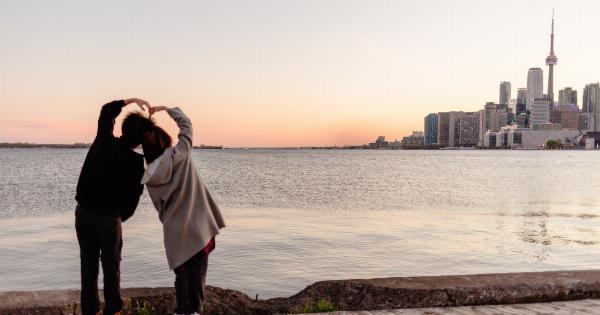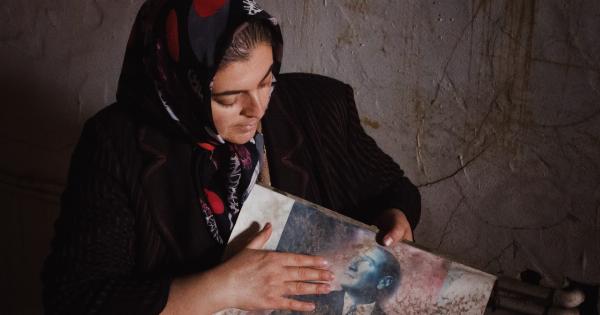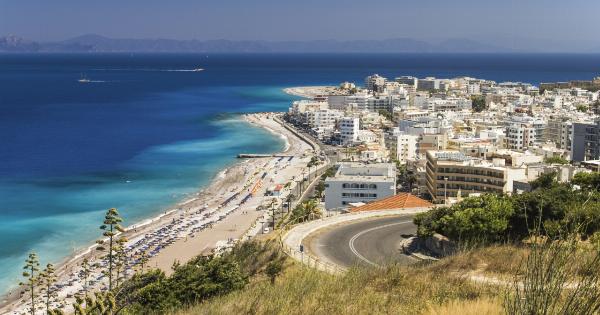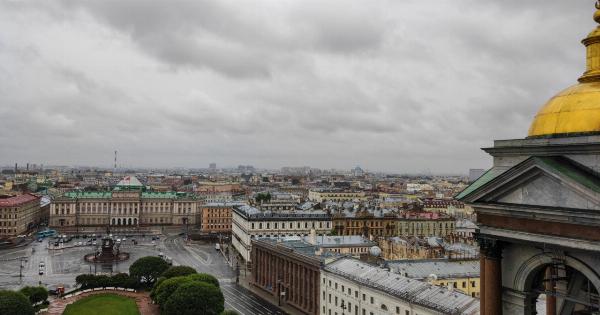Urbanization is a global phenomenon that is rapidly transforming cities and their surroundings.
While urbanization brings numerous benefits, such as improved infrastructure, access to services, and economic opportunities, it also poses significant challenges to the health and well-being of cities. One of the most detrimental effects of urbanization is the endangerment of a city’s heart, which refers to its cultural and historical core.
Rapid Urbanization and Loss of Historical Identity
As urbanization accelerates, cities often face the pressure to expand rapidly to accommodate the growing population. As a result, historic buildings, neighborhoods, and cultural landmarks can be at risk of destruction or neglect.
The loss of historical identity is a tragic consequence of urbanization as it erodes the very fabric that gives a city its unique character and charm.
In many cities, the heart is the area where the first settlements were established, and it reflects the city’s history, culture, and heritage.
The heart is usually home to iconic landmarks, traditional architecture, and a vibrant street life that attracts both residents and tourists. However, rapid urbanization puts these elements in danger.
Urban Sprawl and Fragmentation
Urbanization often leads to urban sprawl, with cities expanding and spreading outwards in a disorganized manner. This results in fragmented communities and disconnected neighborhoods.
As cities grow outwards, the heart can become isolated from surrounding areas, leading to a decline in its cultural and economic vitality.
The fragmentation caused by urban sprawl can lead to the neglect of older neighborhoods and a loss of community cohesion.
As the heart is disconnected from the rest of the city, it may experience a decline in economic activity, as businesses and residents move to newly developed areas on the outskirts. This, in turn, perpetuates a cycle of neglect and further endangers the heart of the city.
Infrastructure Development vs. Preservation
Urbanization often necessitates the construction of new infrastructure to support the growing population and economy. However, the focus on building new structures can come at the expense of preserving historical buildings and landmarks.
Infrastructure development projects, such as roads, highways, and public transportation systems, may require demolishing existing structures or altering the urban fabric.
This can result in the irreparable loss of historic buildings and the displacement of long-established communities. The disregard for the preservation of the heart leads to a diluted sense of place and identity, as new developments replace the old and familiar.
Gentrification and Displacement
One of the most significant consequences of urbanization on the heart of a city is the process of gentrification.
Gentrification occurs when affluent residents and businesses move into low-income areas, resulting in the displacement of the existing community.
Gentrification often begins in the heart of the city, as developers and investors recognize the cultural and historical value of the area.
This leads to an influx of new investment, which can drive up property prices, forcing long-time residents and small businesses out of the area. As a result, the heart loses its diversity and the unique character that was shaped over generations.
Increased Traffic and Pollution
With urbanization comes an increase in population, economic activities, and the number of vehicles on the road. The resulting traffic congestion and pollution pose a threat to the heart of the city.
As more vehicles flood the streets surrounding the heart, the air quality deteriorates, and noise levels rise.
This not only affects the physical health of residents but also detracts from the enjoyment of the cultural and historical landmarks located in the heart. Additionally, the increased traffic may discourage people from visiting the heart, as it becomes less accessible and less pleasant to navigate.
Inequality and Exclusion
Urbanization can exacerbate social inequalities and exclusion, further endangering the heart of the city.
As cities evolve and develop, the cost of living often increases, making it difficult for lower-income residents to afford housing and services in the heart. This results in the displacement of marginalized communities, leading to a less diverse and inclusive city core.
The loss of diversity and inclusion in the heart can diminish its vibrancy and cultural richness. When certain socio-economic groups are excluded, the heart loses its ability to tell the story of the whole community, eroding its sense of identity.
Revitalization Efforts and Conservation
Despite the challenges, there are various efforts being undertaken to preserve and revitalize the heart of cities. Conservation projects aim to protect and restore historic buildings and landmarks, ensuring their preservation for future generations.
Revitalization efforts focus on creating policies and incentives to attract businesses and residents back to the heart.
This can involve the development of cultural and artistic spaces, the improvement of infrastructure and public spaces, and the promotion of tourism that highlights the historical and cultural heritage of the area.
Community Engagement and Participatory Planning
An essential aspect of preserving the heart of the city lies in engaging the community in the decision-making process.
Participatory planning ensures that the diverse voices and needs of residents, businesses, and cultural institutions are taken into account.
By involving the community in the planning and development of the heart, it becomes a shared responsibility. This engagement fosters a sense of ownership and pride, creating a more inclusive and sustainable urban environment.
The Role of Regulations and Policies
Regulations and policies play a crucial role in safeguarding the heart of the city. Zoning laws, heritage protection acts, and urban design guidelines can help prevent the encroachment of urbanization on historically significant areas.
By implementing regulations that encourage mixed-income development, protect historical sites, and promote sustainable transportation options, cities can better balance the benefits of urbanization with the preservation of their cultural hearts.
Conclusion
Urbanization undoubtedly brings about necessary changes and advancements for cities, but it also poses significant risks to their hearts.
The loss of historical identity, urban sprawl, gentrification, increased traffic and pollution, inequality, and exclusion are all challenges that endanger the core of a city.
However, through conservation, revitalization efforts, community engagement, and thoughtful policies, cities can mitigate the detrimental effects of urbanization and preserve the unique and vibrant hearts that make them truly special.





























